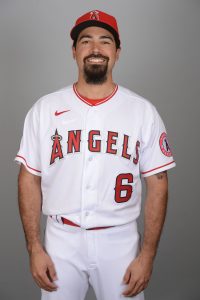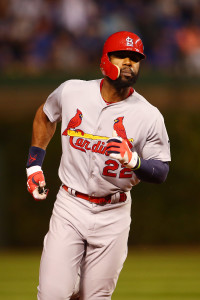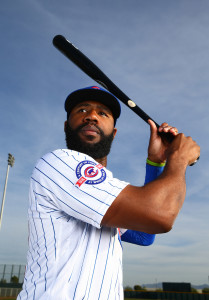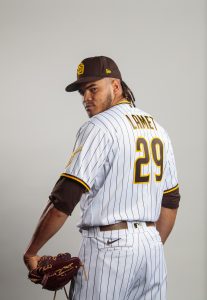One of today’s innumerable sad realities is that the coronavirus will shorten or, in a worst-case scenario, wipe out the 2020 Major League Baseball season. We’re all hoping the world will get back to normal as soon as possible, though the calendar could turn to June or July before MLB’s Opening Day rolls around. The only bright side for baseball is that will give injured players across the majors more time to heal and perhaps play a full season, however long it lasts. Few teams (if any) stand to benefit more from the delay than the reigning American League East champion Yankees, who entered the spring among the game’s World Series favorites but have suffered one key injury after another in recent weeks.
Before the sport was forced to shut down and put off its March 26 opener, there were serious questions about how the Yankees’ roster would look for Game 1. Their rotation took a pair of massive hits with injuries to their two best Gerrit Cole complements, Luis Severino and James Paxton. Even with a truncated season likely, there’s no shot we’ll see Severino in 2020. After all, the flamethrowing right-hander underwent Tommy John surgery less than a month ago. But the outlook is much more hopeful for the oft-injured Paxton, who had back surgery in the first week of February. Paxton’s not expected to take the hill again until May or June; under conventional circumstances, that would have meant missing at least a month-plus of the season. Now, if Paxton’s recovery stays on course, he could be in line for either a full slate of games or something close to it.
A whole year of Paxton would be a boon for New York, though a late start to the season won’t be fully positive for its rotation. Righty Domingo German’s set to miss the first 63 games of 2020 as a result of a domestic violence suspension. So, even if we see far fewer games than usual, he’ll probably have to serve out that entire ban. A reasonably healthy Yankees starting staff would still be in better shape than most, though, with Cole, Paxton, Masahiro Tanaka, J.A. Happ and Jordan Montgomery as their top five.
On the offensive side, the Yankees are facing a slew of injuries. That’s especially true for their outfield, which may have gone without any of Aaron Judge, Giancarlo Stanton and Aaron Hicks on a typical Opening Day. That’s a lot of firepower. Judge has been limited by upper body issues and even a collapsed lung for weeks, while a calf problem has slowed Stanton this spring. But the longer we’re deprived of baseball, the better the two sluggers’ chances are of being ready from the get-go. The same applies to Hicks, who underwent Tommy John surgery last October. The belief then was that Hicks would return to action in eight to 10 months. Should that timeline hold up, he may be able to debut sometime in June at the earliest.
The health of Judge, Stanton and Hicks will obviously affect other hitters on the Yankees’ roster. For instance, how much center field will Brett Gardner play if Hicks is around for most of the year? How much action will Stanton see at DH, and if he racks up a lot of time there, will it eat into at-bats for Miguel Andujar, Luke Voit and Mike Ford to a significant extent? Will Clint Frazier, who still has a minor league option remaining, begin the season as a reserve on the Yankees’ roster or as a starter in Triple-A Scranton/Wilkes-Barre?
It’s fair to say the health of the Yankees at the outset of the season could also impact the rest of the American League. The more high-end contributors return for them by Opening Day, the better the Yankees’ chances are of winning the AL East. That, of course, damages the hopes of division rivals in Tampa Bay, Boston and Toronto. And if the Yankees are healthy enough to position themselves to grab home-field advantage in the AL playoffs, it would bolster their odds of fending off the rest of the league and capturing their first pennant and maybe their first World Series since 2009.





